There’s a big difference between the potential nutrition of eggs and what we see in the supermarket. The results are half feed-based and half from raising conditions.
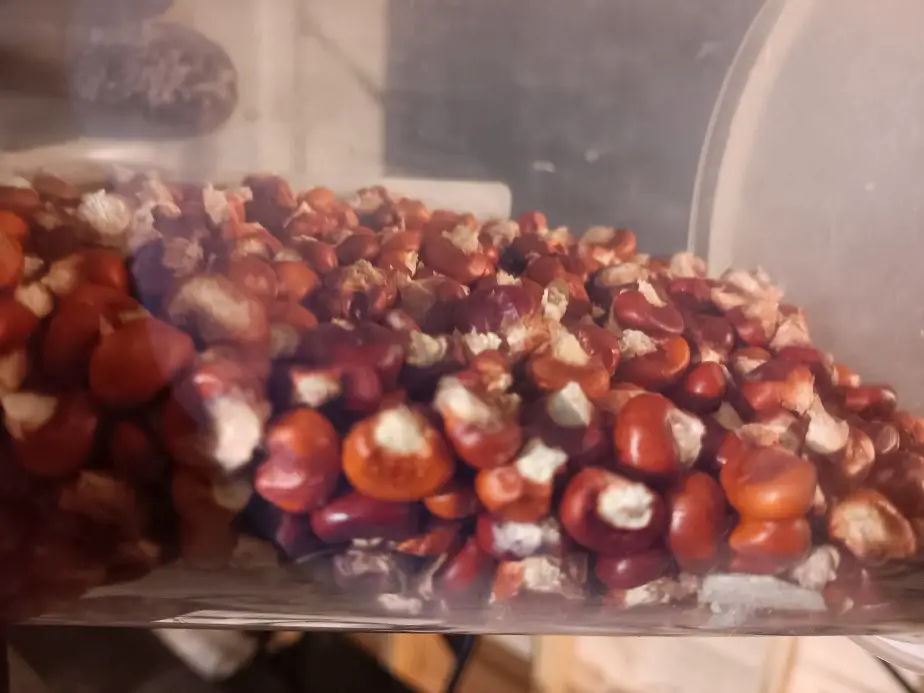
High-Pigment Grains
Grains that are high in phytonutrients are better as a feed. Perhaps the most beneficial class of phytonutrients is Anthocyanins. That is the pigment responsible for most red, purple, and blue-black colored foods.
Anthocyanins are the strongest antioxidant we know of. They search out and bind free-radicals, which reduces physical stress throughout the body of animals. They have been shown to cause improved health, improved egg laying, and an increased Omega-3 fatty acid profile in eggs and meat.
Anthocyanins are high in older varieties of corn like Bloody Butcher and Aztec Black. Most of the modern grains used in feed are completely devoid of this entire class of nutrients. The problem is, most of the more nutritious corns are not as productive as the modern grains. That means they are going to be more expensive.
If you really want the best, it’s worth it. Especially as an occasional treat for your flock. It really does make a visible difference. I’ve seen it firsthand. It even improves the immune function of poultry. That’s why I’m growing this corn as a feed crop now.
Flax Seed
Flax seed is quite high in Omega-3 fat. The simplest way to increase the Omega-3 in eggs is to increase it in a hen’s diet. Flax seed has been proven to greatly increase the Omega-3 in chicken eggs. Adding 10 percent flax seed to your chicken feed can increase the Omega-3 in your eggs several times over.

Sunflower Seed
Adding sunflower seed to chicken feed increases both Omega-6 and Omega-3 fat in eggs. They contain very high levels of Omega-6 fat and moderate levels of Omega-3. The amount of Omega-3 in sunflower seeds is still much higher than what we get from corn and soy, the two primary ingredients in chicken feed.
Sunflower seeds also boost the protein and fiber content. Most things that increase fiber also decrease caloric value, but not sunflower seeds. They are around 40 percent oil and that really keeps up the caloric value, so adding sunflower seeds will not water down even a high-calorie production feed.
We feed sunflower seeds to chickens in the winter because the extra oil-calories help increase the overall caloric value of the feed. It’s great in the cold months.
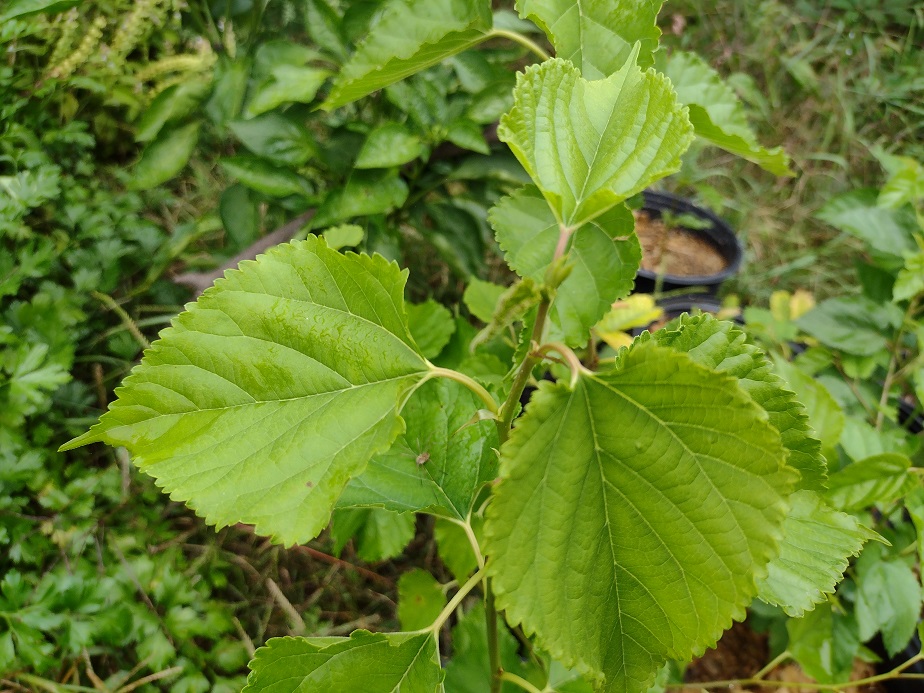
White Mulberry Leaf
White mulberry leaf is one of my secret feed ingredients. It’s by far the most useful of what I can grow myself. To my knowledge, the leaves don’t contain any omega-3, but they still cause a net increase in eggs. My guess it that it’s due to a sizeable increase in the overall health of the bird, and an improvement in gut-flora.
I do know that White mulberry leaf is a boost to the digestive system. It tips the scale of gut-flora back towards the more beneficial microbes. I also know that an increase in healthy gut microbes causes an increase in Omega-3 to be taken in by the intestines. Overall, it works. Consider using it.
Mulberry fruit itself is quite high in Omega-6 fats, and does have a little Omega-3. The fruits are actually a quality feed supplement for chickens. Albeit, a bit expensive to buy, but they are definitely beneficial to poultry health.
Sesame Seeds
Sesame seeds are high in natural omega-3 and very digestible to chickens. I do know of some high-end chicken feeds that use sesame. When added to a regular laying hen diet, sesame causes an improved rate of production and healthier birds with less trouble during molting.
Sesame makes a huge spike in the omega-3 profile in eggs. So, if that’s your goal, you certainly could consider adding them. Literally, just a sprinkle of them in your chicken feed is enough to make a difference.
When they are used, it’s usually at or under 5% of the total dietary feed mix. Much more than that can start to throw some of the nutrients slightly out of whack. I don’t use sesame seeds personally but I know people who do.
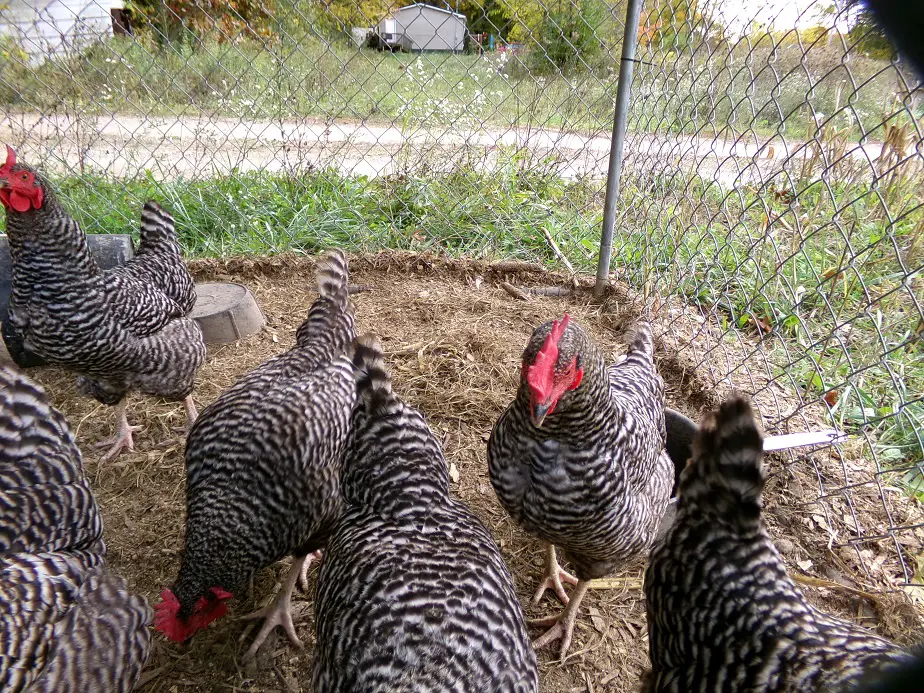
Kelp Meal
Kelp is rich in Omega-3 as well as vitamins A, B, C, D, E and K. It’s also considered a mineral supplement containing both macro and micro minerals. Kelp meal can be added to absolutely any poultry diet at a rate of 1 to 2 ounces per pound of feed.
It also makes a huge reduction in Salmonella and E. Coli in the gut of poultry. Kelp meal is proven to cause an increase in disease resistance and immune system function in chickens. It’s even been used to treat deadly outbreaks of coccidiosis.
Calendula
Calendula is a flower that both directly and indirectly improves the fatty acid and cholesterol profile of eggs. It does contain the beneficial fats and when eaten, some of that is directly passed on to the eggs. Beyond that, it works in three ways to indirectly increase the egg’s fat profile.
The first way is through the deep-yellow pigment, This class of pigment is called beta caretone. It’s a very strong antioxidant. By increasing the antioxidant intake, the physical stress on poultry is decreased, making the m healthier. That alone causes an improvement in the fat profiles of eggs.
A significant amount of the beta-carotene gets converted into vitamin A, which further benefits the birds. The oil compounds in Calendula have some anti-microbial properties that seem to mostly affect harmful microbes like Salmonella and E. Coli. That improves gut health which causes an increase in nutrient uptake, which further improves the egg’s nutritional profile.
Chia Seeds
Chia seeds are ridiculously high in omega-3 fats. They have been studied extensively due to their benefits as a poultry feed ingredient. while they can be a bit pricey, they are used in a few high-end feed blends and supplements. They will definitely boost the Omega-3 of eggs more than most feed ingredients.
Chia seeds are also quite high in calcium, which tends to cause an increase in the quality of eggshells. They also increase the uptake of boron in poultry, which tends to cause an increased level of nutrient absorption in the intestines.
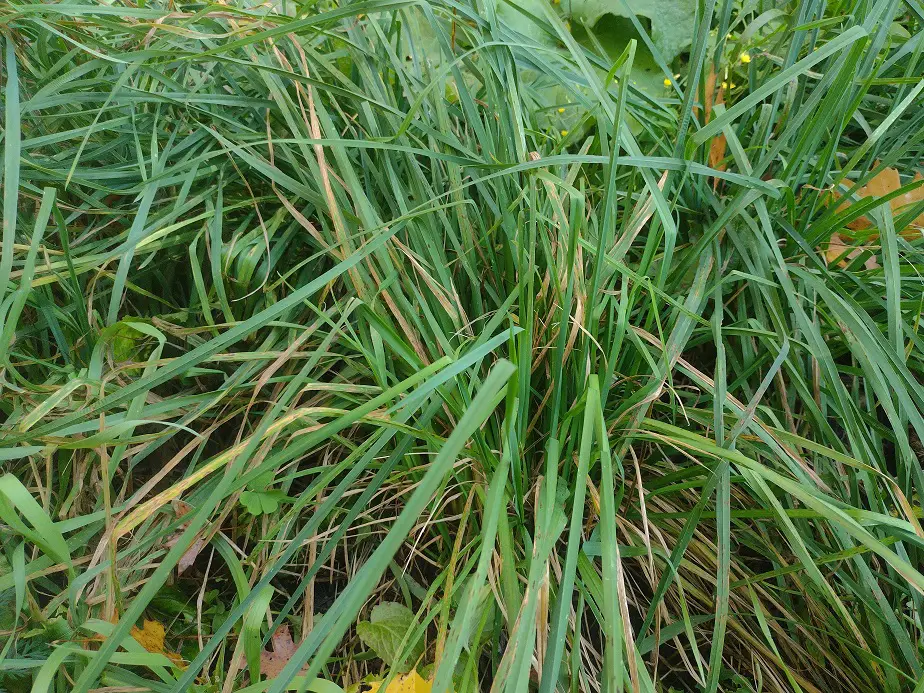
Grass
Common grass is fairly high in Omega-3. Once it’s dried, it’s about 1 percent omega-3 fats. That’s thirty times as much as in corn, the primary ingredient in chicken feeds. That’s right, common grass can greatly increase the Omega-3 fatt profile in eggs.
That’s the main reason why true pastured chickens lay more nutritious eggs. Your old-school free-range chickens always had a higher Omega-3 profile than modern commercial eggs and that’s the main reason why. Grass is good for chickens.
And, you can get it for free all over the place. From lawn clippings to timothy hay (the former is better), you will get some serious benefits through your hens and right into your eggs.
Thyme
Thyme is very high in Omega-3, which passes right from the chicken to the egg. More than that, thyme is perhaps the most potent way I know of to balance out the gut microbiome of poultry. I can literally treat an outbreak of listeria, coccidiosis, or E. Coli by putting thyme in my chicken feed.
Tyhyme has even been proven to improve the flavor of both chickens and eggs. It’s a great thing to have on-haver, and yiuo can grow a little wild thyme just about anywhere. It’s awesome stuff for poultry.
Related Articles:

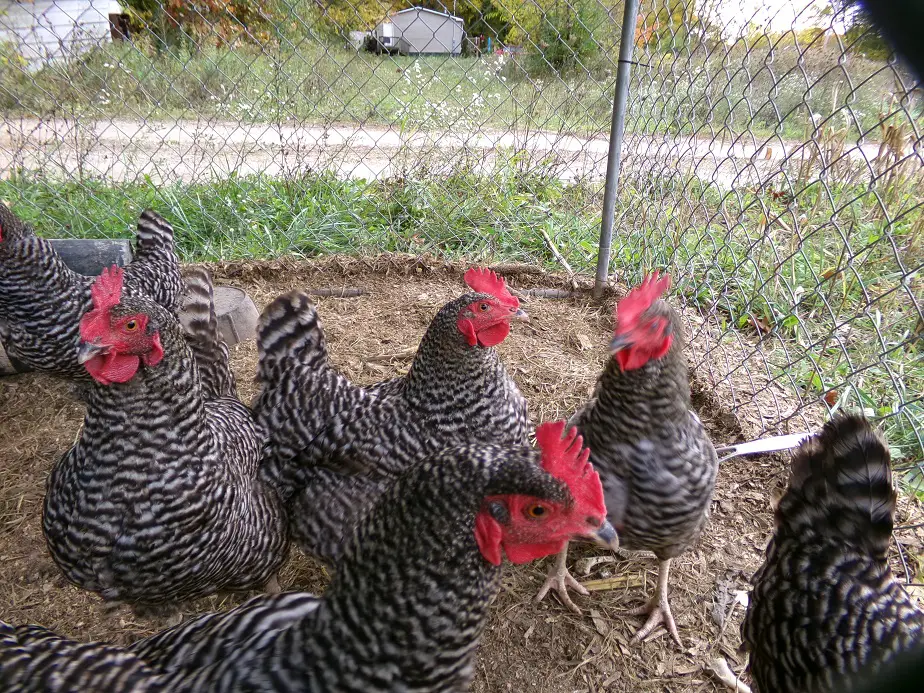

Jordy, do you have good sources for any of the additives that you listed? If I cannot grow it …any idea where to get the best deals?
I know that kepl meal is available online from some farming/garden supply stores. other than that, I’d have to search around. If all goes according to plan, I’m going to start producing some of my own feed supplements for sale next year with the things I can grow here.